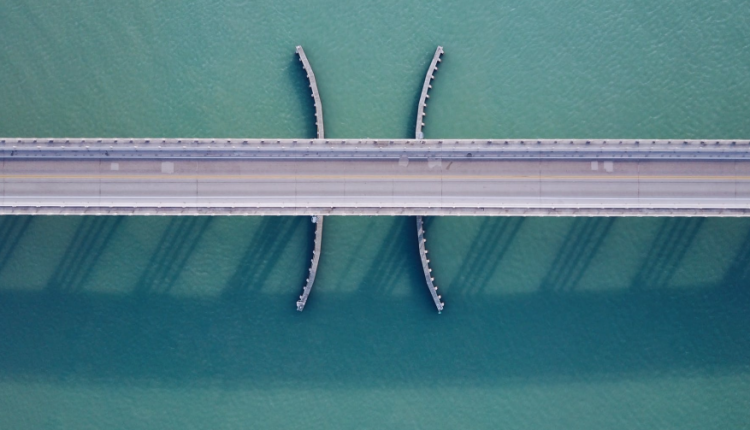The U.S. infrastructure investment gap has become glaringly obvious. By 2016, the U.S. ranked 16th globally in infrastructure networks. A 2013 American Society of Civil Engineers study predicted the U.S. could lose as much as $3.1 trillion in GDP by 2020 by not addressing infrastructure needs.
Carnegie Mellon University’s Civil and Environmental Engineering (CEE) Department is studying the impact of information on decision-making for infrastructure systems, and the benefits of applying sensing and monitoring systems to infrastructure. The goal is to determine when to apply sensors to monitor the state of our infrastructure in a way that can help predict and prevent failure. A group of researchers led by Matteo Pozzi, Associate Professor, have recently developed a framework to evaluate when it could be of significant benefit to apply a sensing system.
New technology like sensors offers a way for inspectors to peer inside systems almost continuously. But just placing a sensor on the side of a bridge doesn’t automatically lead to cost savings and a safer bridge. Deploying these sensors is costly and depends on how a variety of factors work together in order to be beneficial.
Imagine you are a bridge inspector and you want to know what’s going on inside of the structure. The different components of the bridge change state due to aging and degradation, so there is uncertainty about a component’s current condition and how it will degrade over time. A sensor or monitoring system would provide a flow of information that would give you this information, and you could periodically check the state of the component with some level of precision. If used properly, the system could prevent a bridge collapse. At the same time, it could also save you from unnecessary repair when the bridge doesn’t need it.
Investments in infrastructure can have a significant payoff through incremental safety and the reduction of congestion and problems due to the transportation network. Pozzi said, “It’s not so obvious how much of an investment should be directed toward sensors, and how much should be directed to retrofitting and replacement. It’s still ongoing work, assessing what structures should be monitored and how much to invest in each of them.”
In a perfect world, we would apply sensors to every infrastructure system. But because funding resources are limited and sensing systems can be expensive to implement and maintain, instrumenting every bridge with a sensing system isn’t the answer. Therefore, it’s important to evaluate the actual value of the information that the sensors provide.
“Investments in infrastructure can have a significant payoff through incremental safety and the reduction of congestion and problems due to the transportation network, for example,” said Pozzi. “Among these investments, some could be allocated to retrofitting or replacing infrastructural components, and some could also be allocated to sensors. Our framework is geared toward entities that have to control and guarantee the safety of a built environment, to help them make important decisions regarding our infrastructure systems.”
Source: Carnegie Mellon

